1,577 days, 2,409 entries ...
Newsticker, link list, time machine: HOLO.mg/stream logs emerging trajectories in art, science, technology, and culture––every day
The TRANSFER Data Trust reports the record-breaking acquisition of Carla Gannis’ digital triptych The Garden of Emoji Delights (2014)—a new high for womxn artists on the Tezos chain. Sold for 32,221 XTZ, or $45,000 USD, the NFT of the internet-age take on Hieronymus Bosch’s iconic 16th-century altarpiece comes with the original, 4 metre-wide print Gannis premiered at her 2014 TRANSFER gallery solo show (image). Instead of biblical immorality, the piece depicts the ‘sins’ of contemporary consumer culture.
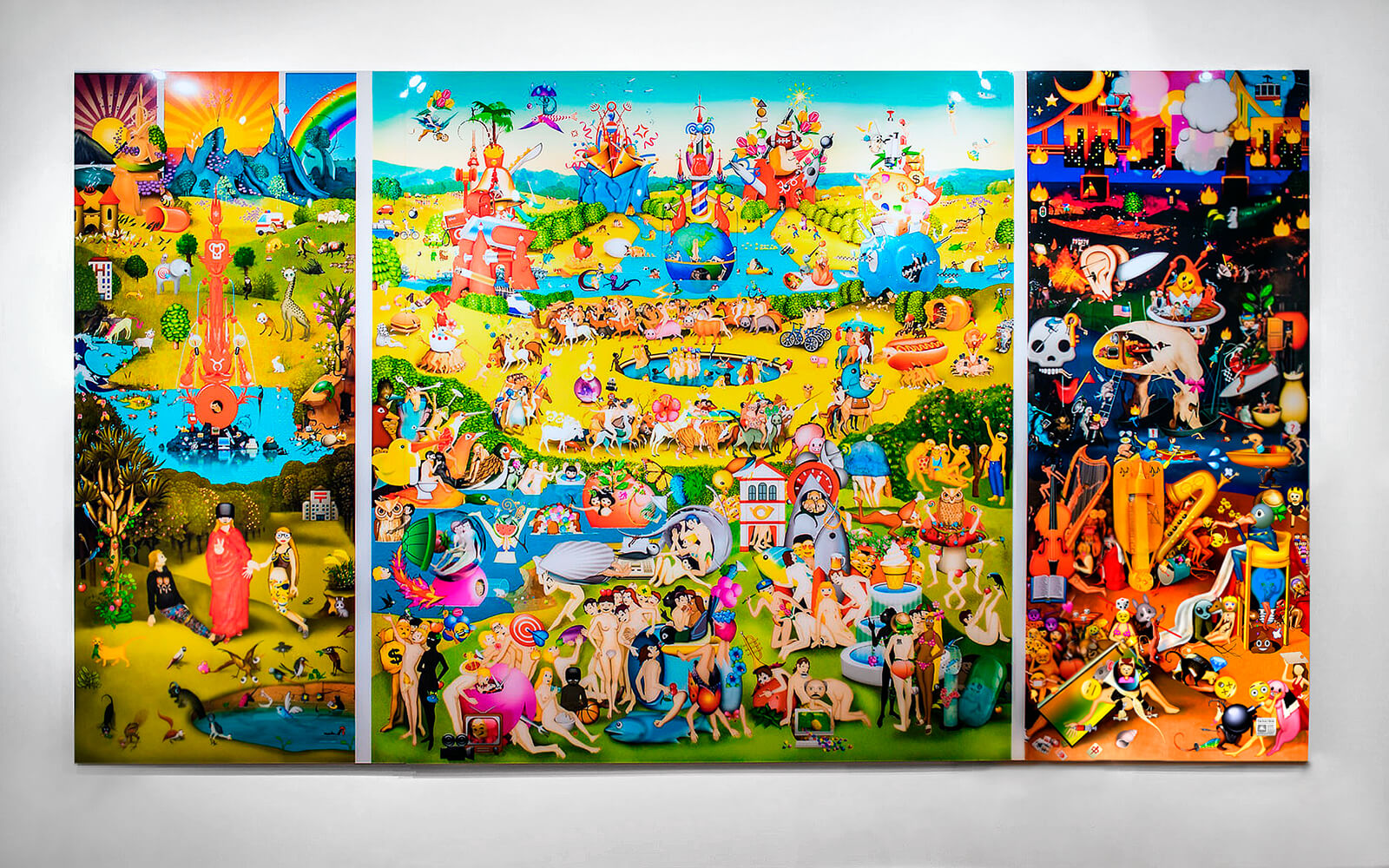
“Could this be your new signature scent? Sample it on your skin. My algorithm feels confident that it can deliver you the computer conjured scent of your dreams.”
“SOUND MACHINES,” a show exploring the untapped sonic potential of NFTs, opens on Feral File. Curated by MoMA, it features 0xDEAFBEEF, American Artist & Tommy Martinez, Danielle Brathwaite-Shirley, Holly Herndon & Mat Dryhurst, and Yoko Ono. Their works playfully introduce sound to tokenized art, as evidenced by 0xDEAFBEEF’s PAYPHONE (2022-, image), which allows collectors to purchase a phone card granting priority access to participate in a performance by the artist.
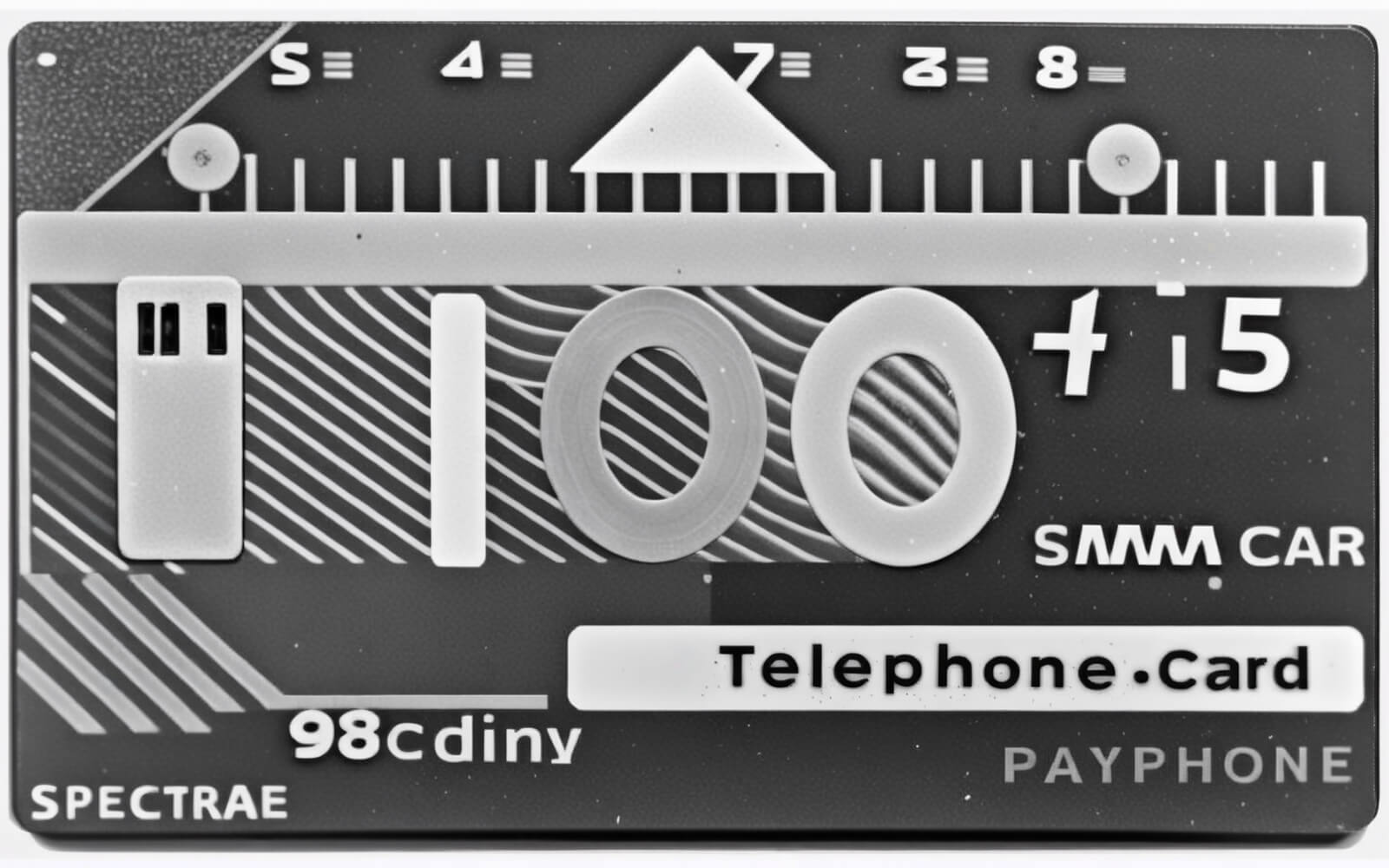
Simon Denny
Landscapes
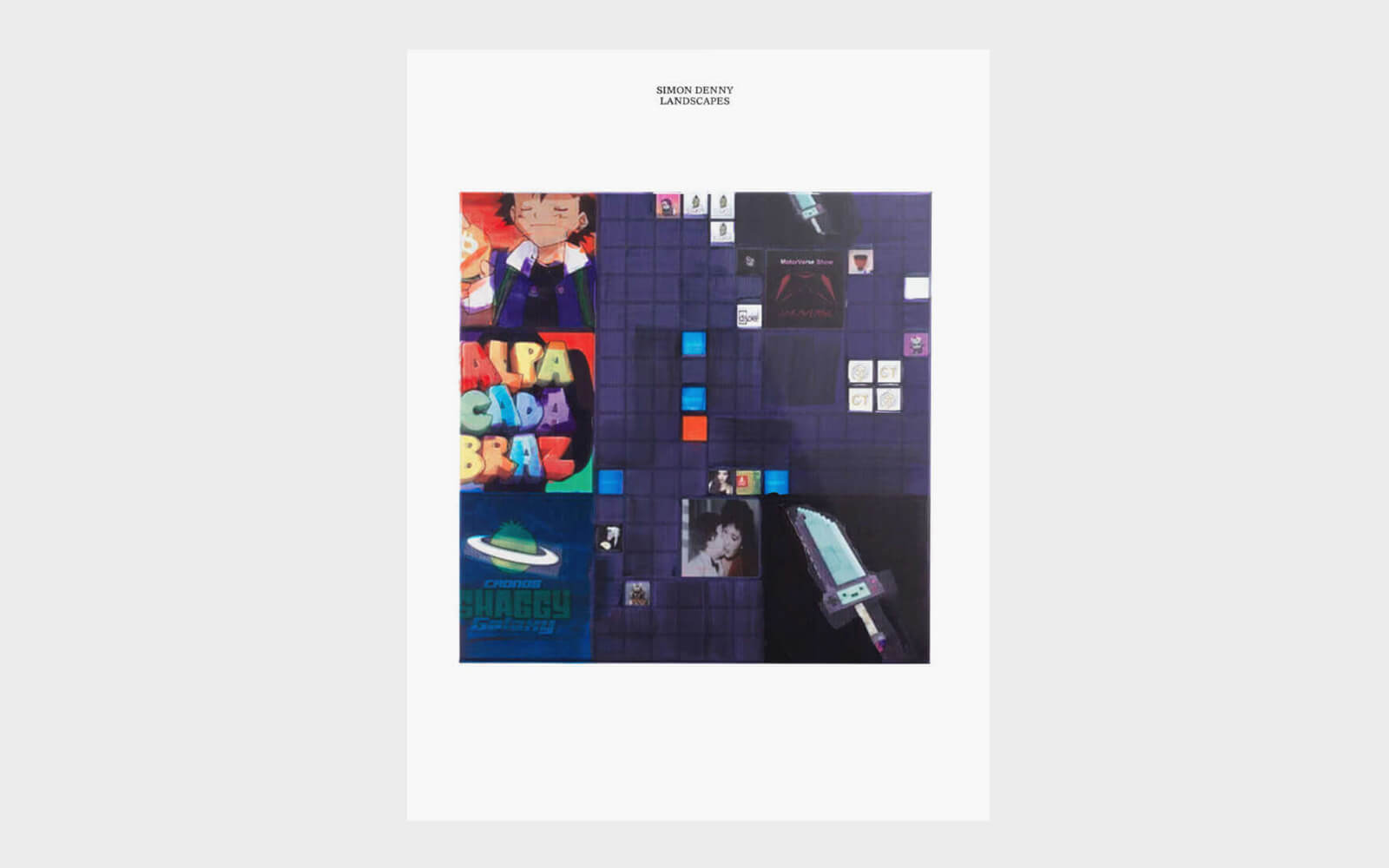
“Nothing is fully on-chain: there are always many more layers of tech off-chain that you depend on that interpret and transform data to display your art, like your browser. And your eyes and your mind to perceive it are extremely mutable too.”
“If the tale of hard work and upward mobility kept us yoked to our employers and our 9-to-5 jobs, the fantasy of the YOLO investment ‘Lambos or food stamps!’ keeps its subjects attached to the market. To risking it all.”
“It is really disheartening to watch artists I respect run to do ordinals. Can’t help but remember the rough convos we had around energy use and carbon load of ETH.”
“Cytographia is an elegy for species we will never know, or will never know again, expressed through generative illustrations from an imaginary book about imaginary organisms.”
“Our physical realities, the human body and the planet, are no less real just because technology is taking up more of our attention. We are still embodied, we still look with our eyeballs, we still type with our hands, and we are still sitting here getting bad posture.”
Organized by the NFT platform Verse, American generative artist John Provencher presents two playful net.art-inspired bodies of work at Cromwell Place in London. The first, over-time (2023), pays homage to the blocky visual language of Alexei Shulgin’s Form Art (1997) via dithered animations of twisting Lissajous curves, while the second, HAHA (2023, image), sardonically “visualizes and plays on the transactional nature of NFTs” by spewing an endless stream of “generative receipts” from a thermal printer.
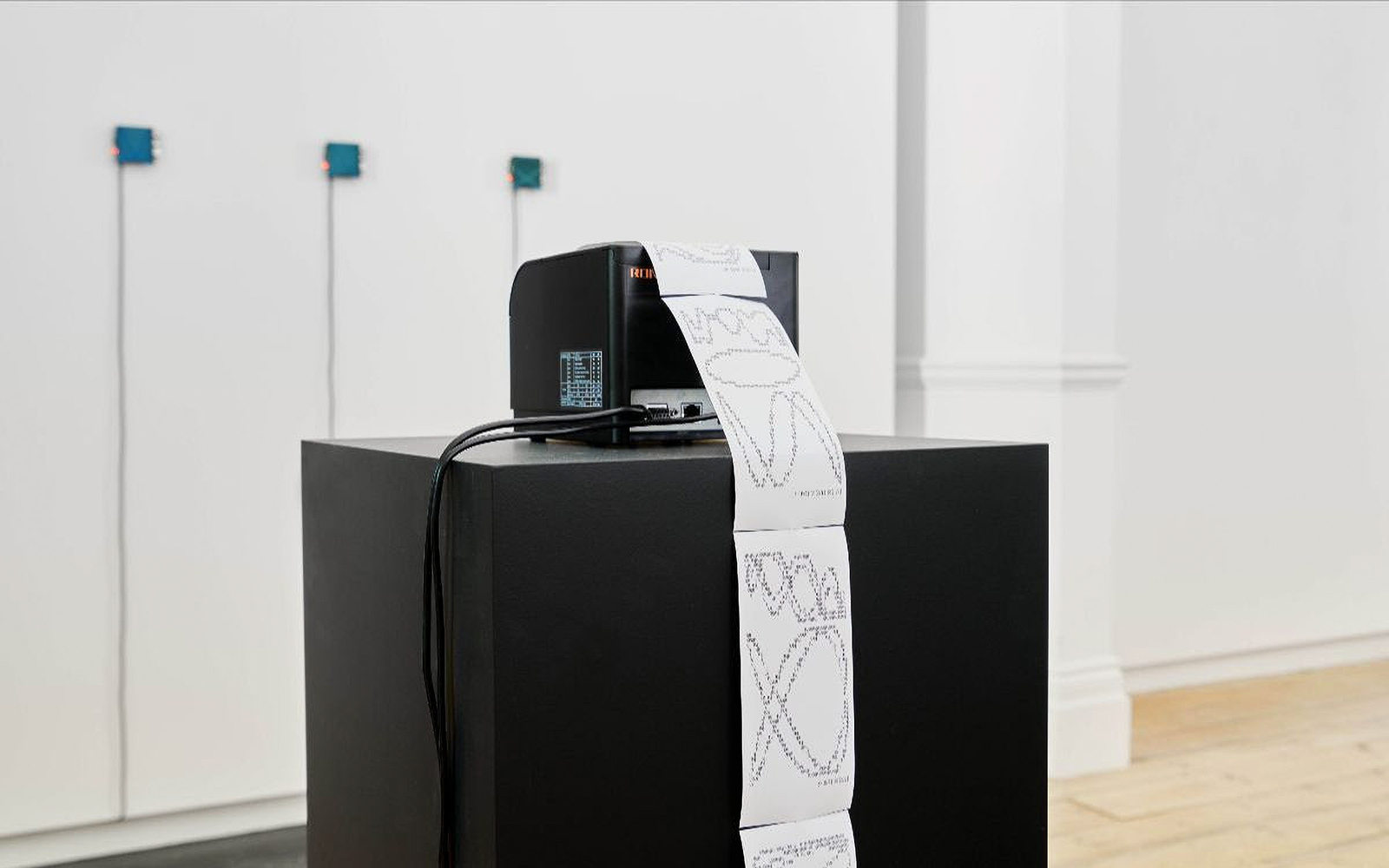
“In the end, we need to ask more of museums and we need to ask more of DAOs (and of emerging technologies more broadly). For either to earn our trust, they need to continually define their terms and defend their motives.”
Himmelsbach & Magrini (ed.)
Algorithmic Imaginary
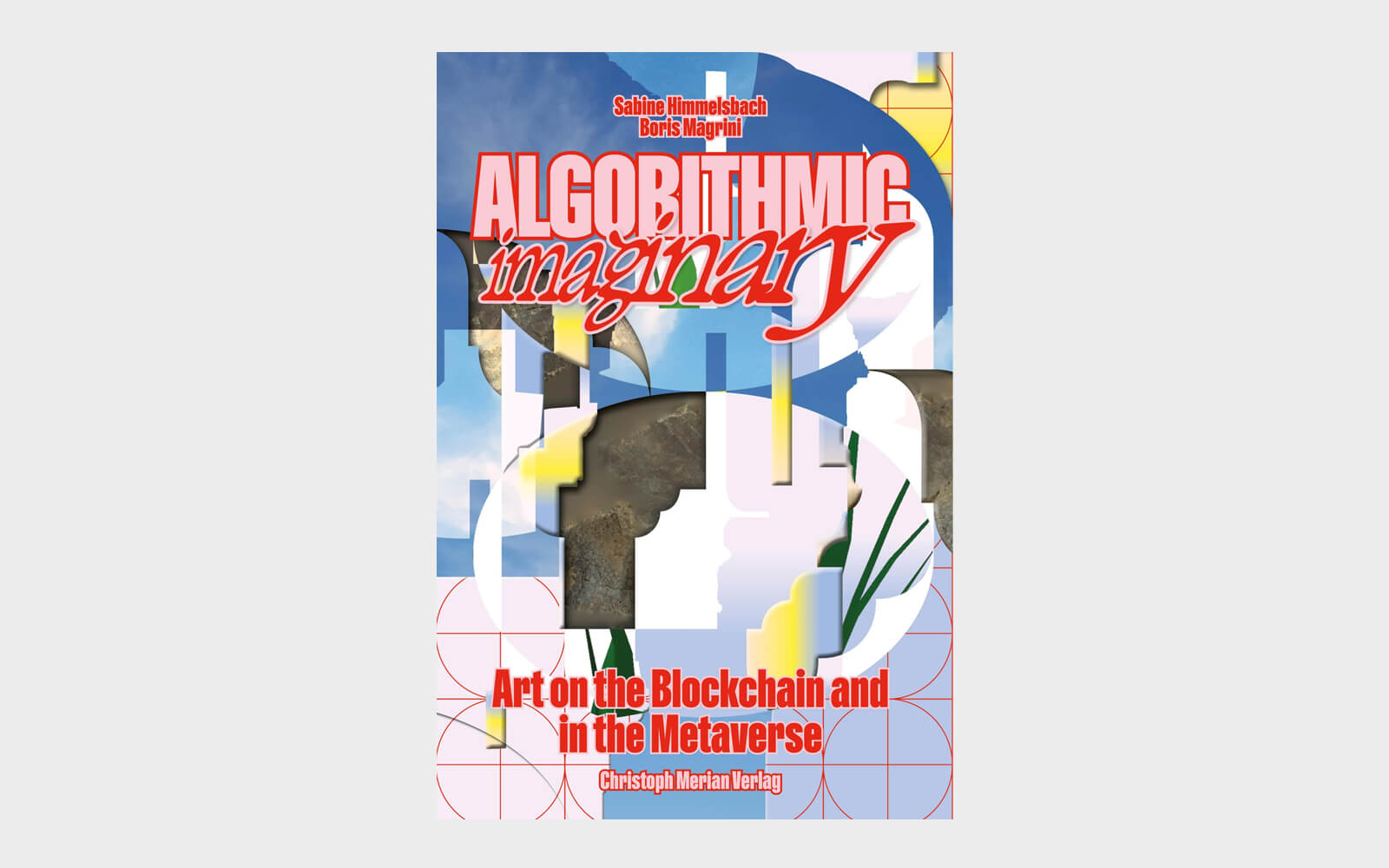
“Market Makers,” the largest IRL exhibition curated by the JPG curatorial collective yet, opens at Studio Knecht/Wendelin in Berlin. A sub-exhibition within a bigger Berliner Volksbank initiative, the show assembles 30 digital artists working in the NFT space, including Mitchell F. Chan, Simon Denny, Sarah Friend, Jan-Robert Leegte, and Harm van den Dorpel to “surface and educate about the lore, history, and contemporary tensions between cryptocurrencies and decentralized finance.”
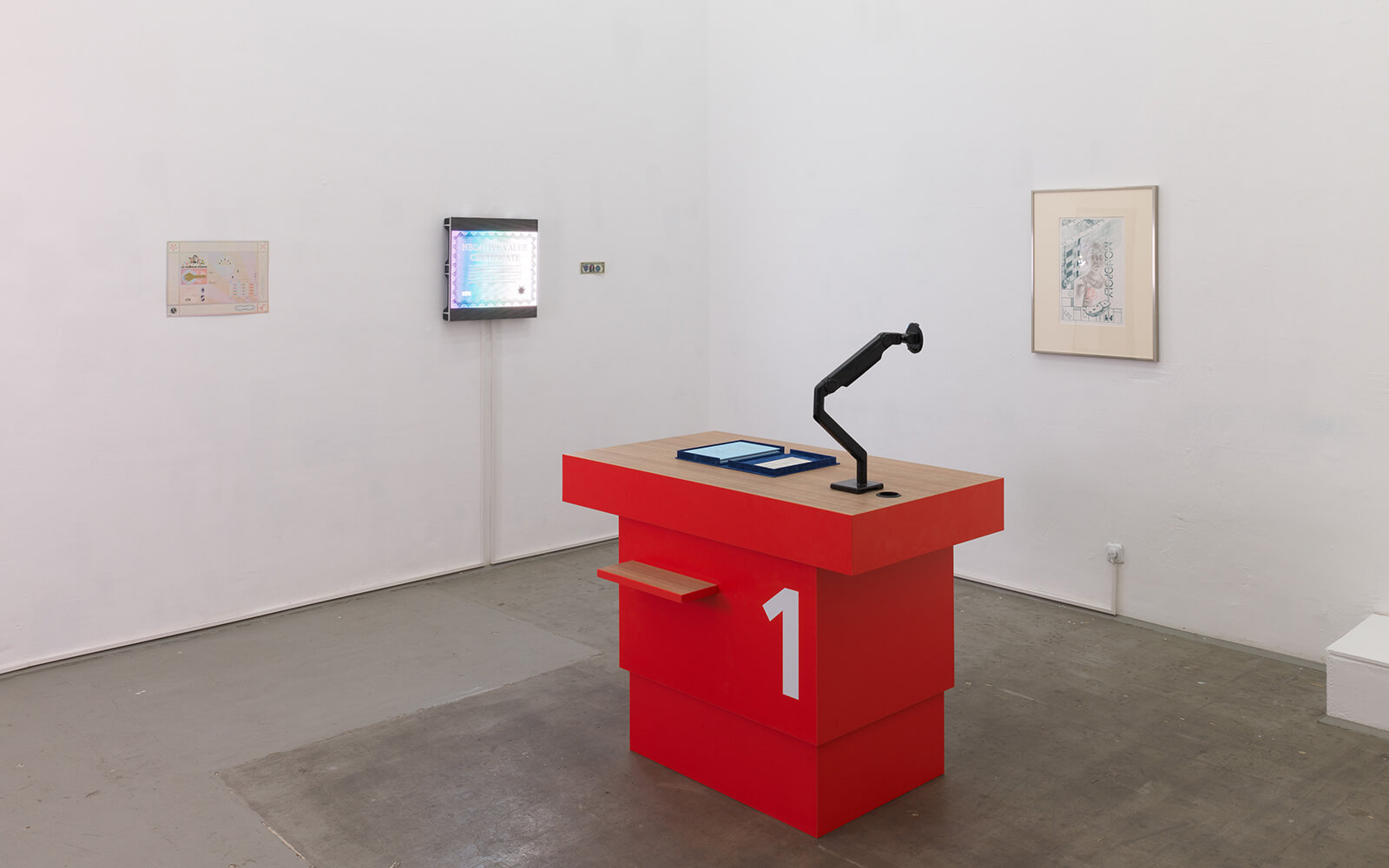
The auction for “Keith Haring: Pixel Pioneer” concludes, bringing in $1.6M in sales across five lots. Undeterred by faltering NFT sales, several astute collectors swooped in to acquire the late artist’s trove of Commodore Amiga drawings. Created in the winter and spring of 1987, they showcase Haring’s signature exhuberent figures and vivid colour palettes, as shaped by the limited graphic capabilities (320 x 200 resolution, 32 colours) of the Amiga (image: Untitled #2 (April 16, 1987)).
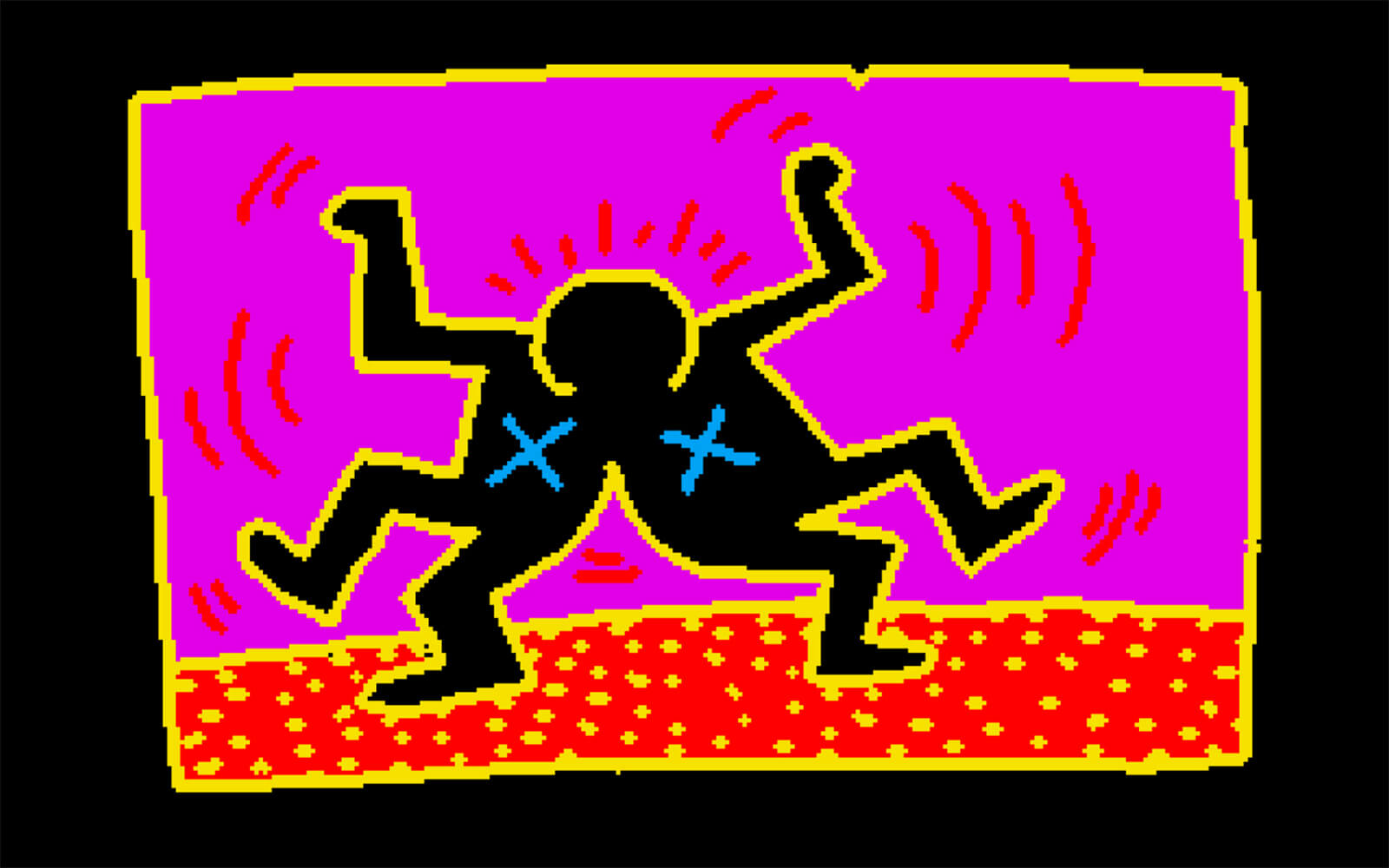
“GEN/GEN: Generative Generations,” a generative art survey linking practitioners past and present, opens at Gazelli Art House London. Artists including Sougwen Chung, Licia He, Tyler Hobbs, Rhea Myers, Piter Pasma, Melissa Wiederrecht, and Stephen Willats contribute prints, plots, screen-based works, and NFTs. Multi-generational, visitors can take in 1980s paintings by Harold Cohen’s prescient AARON program in one glance and Brendan Dawes’ sculpture You, Me And The Machine (2022), the next.
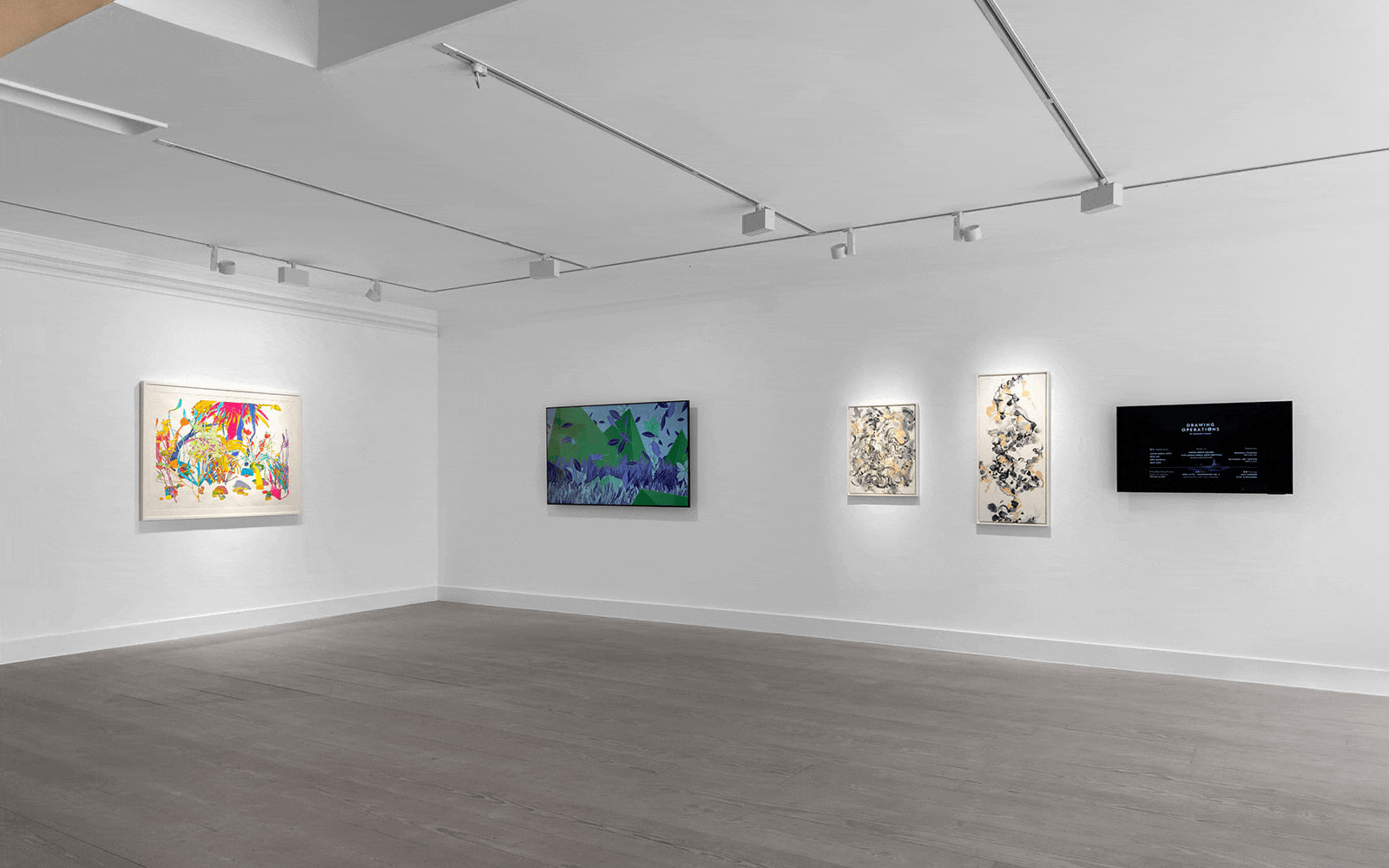
“The Haring NFTs demonstrate that the smart contract can be a flexible tool, using metadata and code to accommodate the various needs and contexts of digital art.”
“The Amiga drawings are significant because they were created at the dawn of the consumer computer age. Even then, Keith knew that computers were going to be important to people’s lives as their capabilities continued to advance.”
“Exploring the Decentralized Web – Art on the Blockchain” opens at Basel’s HEK (House of Electronic Arts), concluding the institution’s recent excursion into Web3. HEK’s Sabine Himmelbach and Boris Magrini gather some of crypto art’s finest including Simon Denny, Mario Klingemann & Botto, Sarah Friend, Chloé Michel, Rhea Myers, Operator, Lukas Truniger and others, to lay bare the politics and potentials of the metaverse. Of note: Kyle McDonald’s Amends (2022), a potent eco-critical work that’s on view for the very first time.
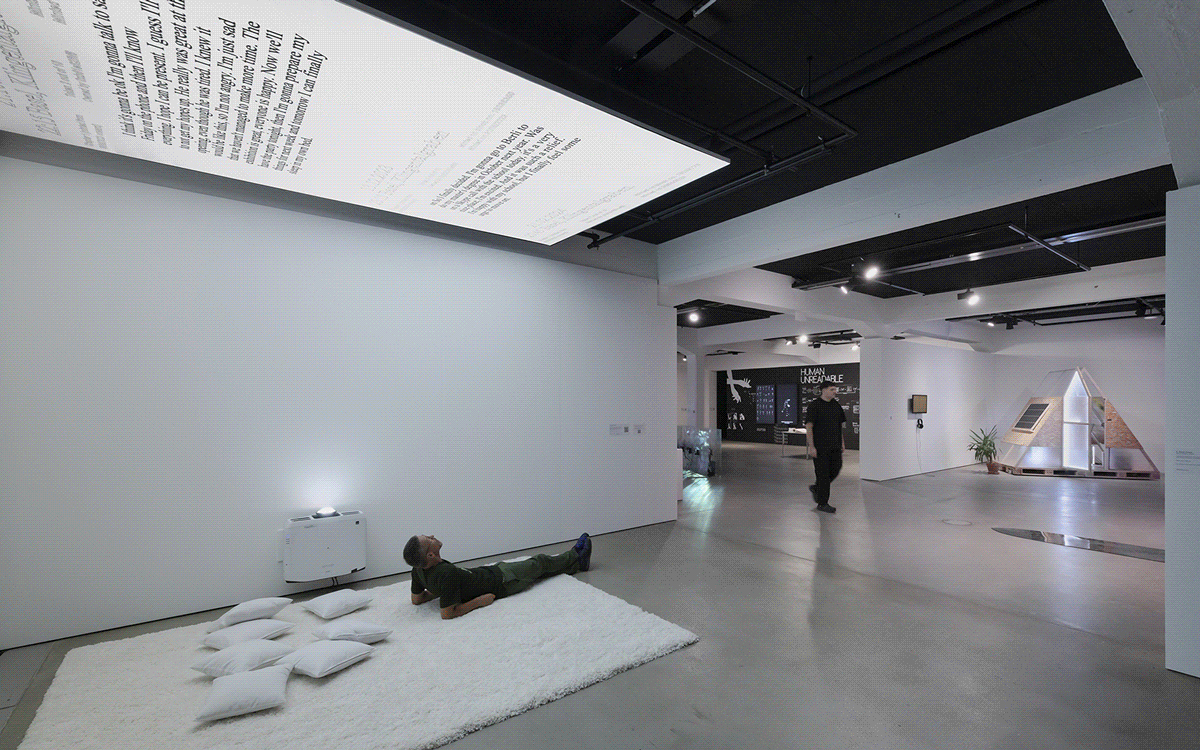
“I’m concerned that all the backlash and negative energy around NFTs did a lot of damage to the work that curators and artists had been doing in good faith.”
Daily discoveries at the nexus of art, science, technology, and culture: Get full access by becoming a HOLO Reader!
- Perspective: research, long-form analysis, and critical commentary
- Encounters: in-depth artist profiles and studio visits of pioneers and key innovators
- Stream: a timeline and news archive with 1,200+ entries and counting
- Edition: HOLO’s annual collector’s edition that captures the calendar year in print
